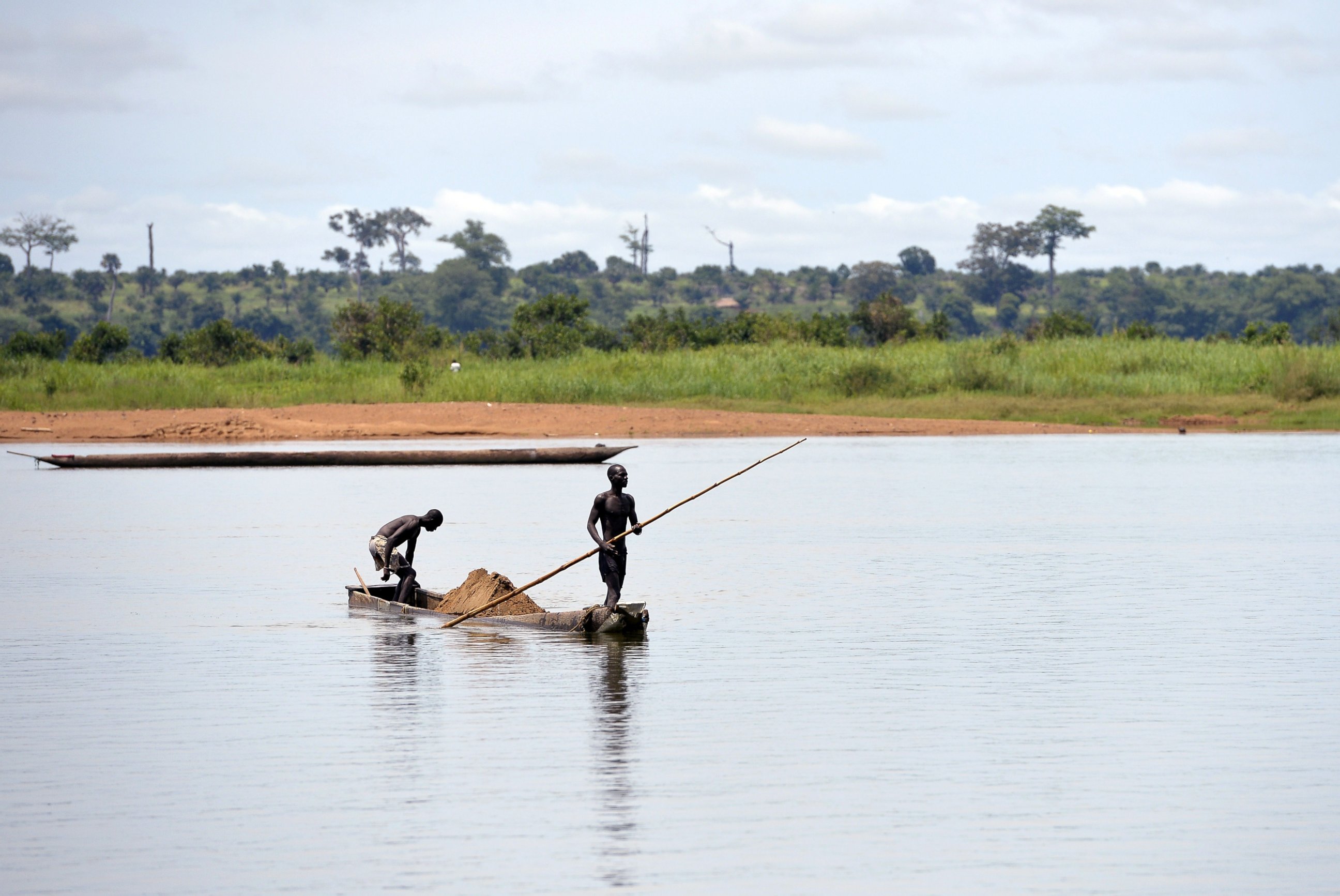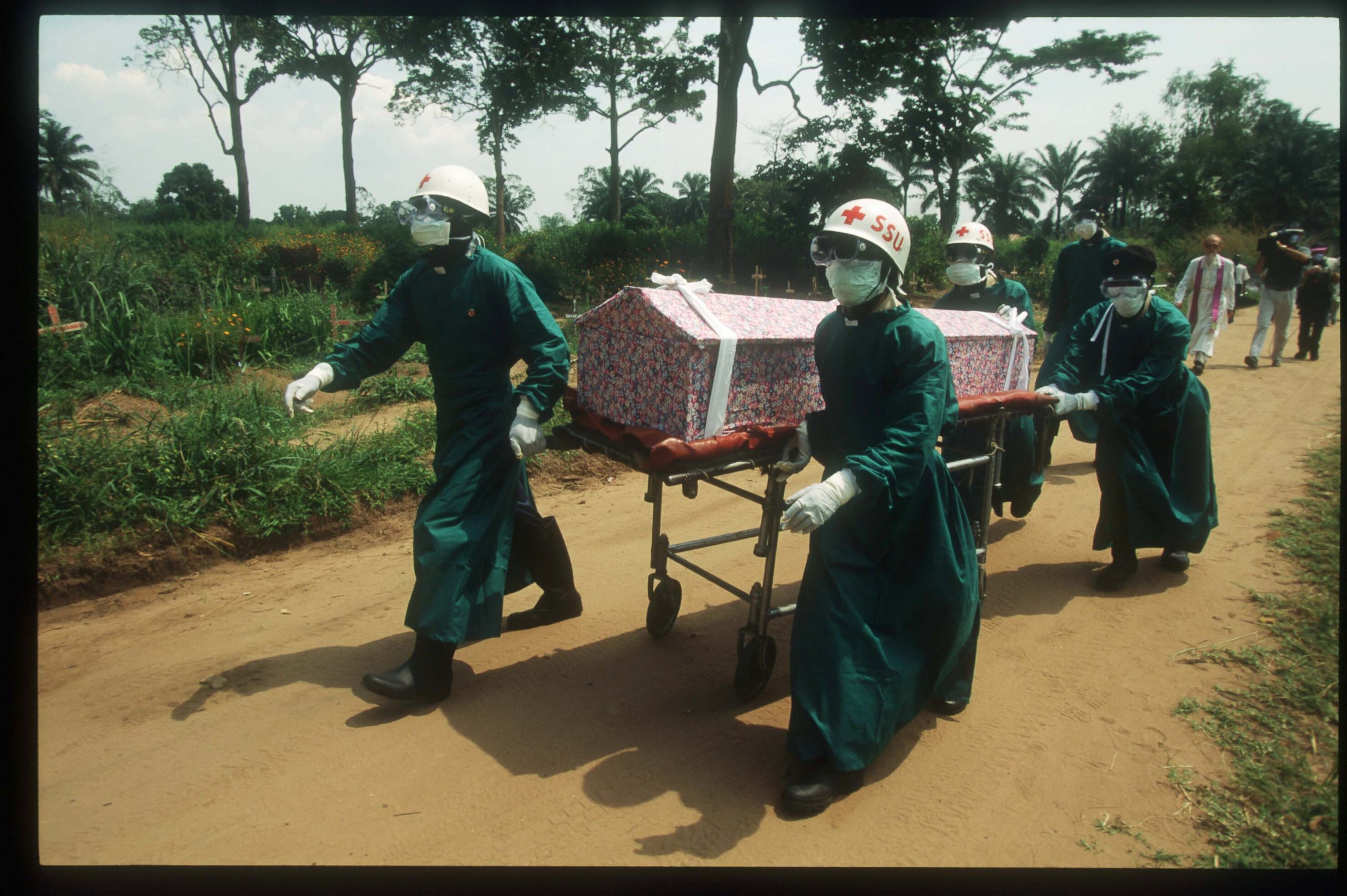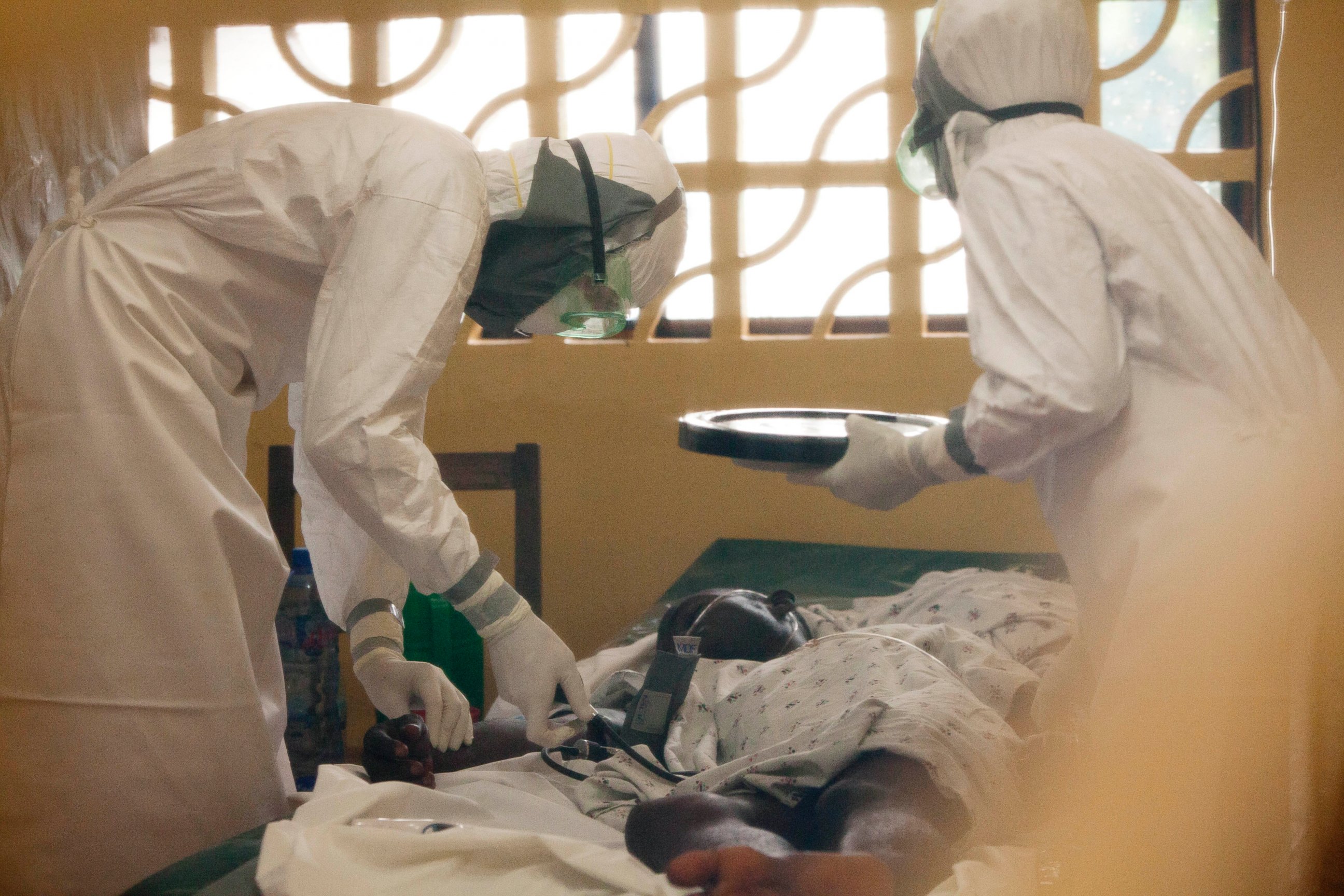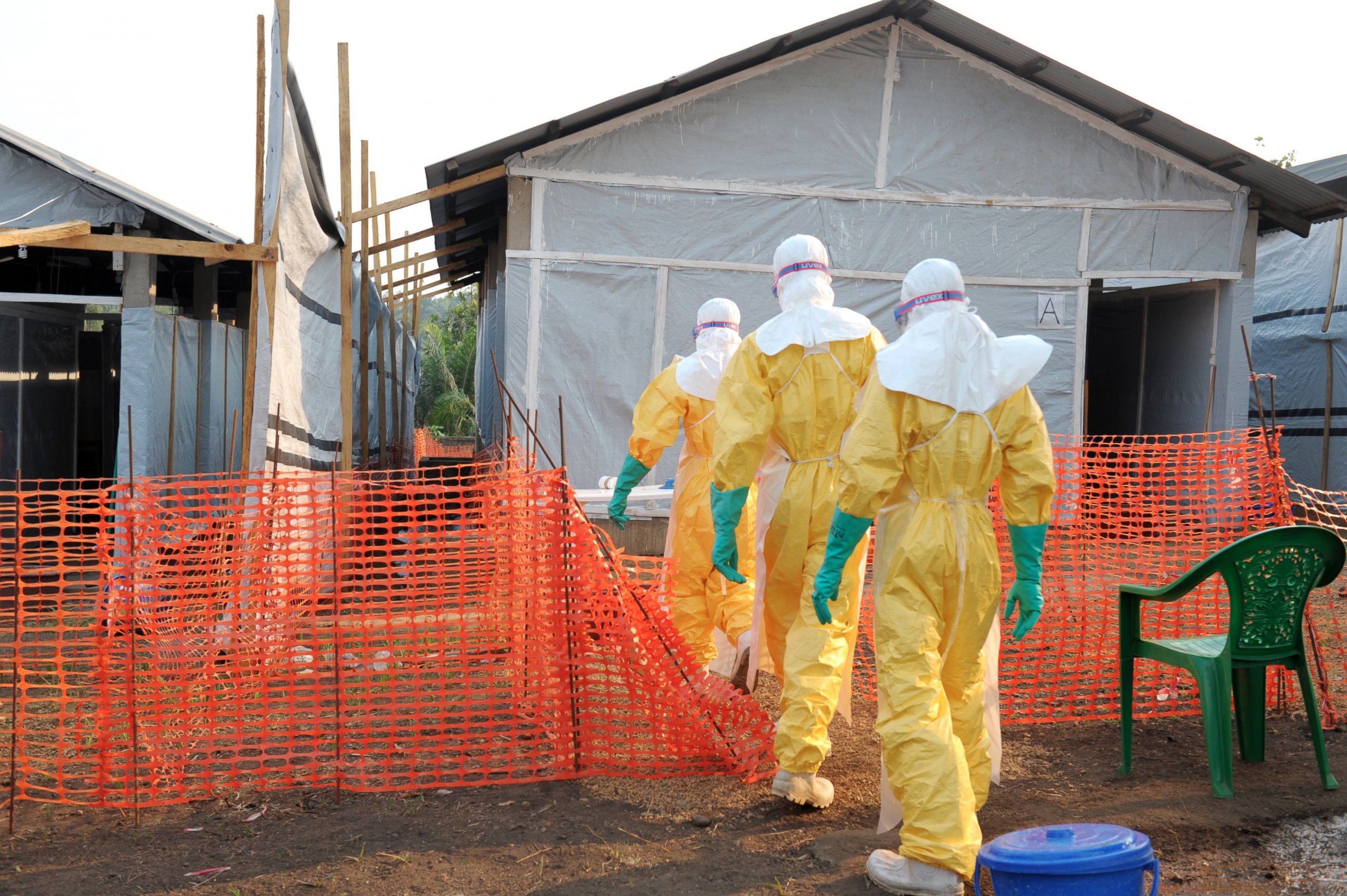How Ebola Emerged Out of the Jungle
Deadly virus' largest known outbreak now underway in Africa.
— -- Origin of the disease
The first reported case of the deadly virus came in 1976 and it is named after the Ebola River in the Democratic Republic of Congo which was where it was discovered. At the time, the area where the disease was spotted was officially recognized as Zaire. The virus has since spread throughout the region.
Non-human primates, like gorillas and chimpanzees, have been cited by the World Health Organization as possible infection sources for humans, but experts have realized that they are not the source of the problem. The apes have been deemed “accidental hosts,” meaning that they catch the disease and then pass it along but are not the initial “reservoir” source that produces the virus.
There are five different strains of the disease, four of which can spread to humans while the fifth only affects primates.

Where Have There Been Outbreaks
All of the known cases involving human infection have been limited to Africa, with reported infections in the Democratic Republic of Congo, Republic of the Congo, Uganda, Liberia, South Sudan, Sierra Leone, Guinea, Gabon and the Ivory Coast. South Africa has only been connected as a result of the disease being imported and there were laboratory contamination cases in England and Russia.
Liberia President Orders New Anti-Ebola Measures
Ebola Takes Heavy Toll on Health Workers
The Centers for Disease Control and Prevention reports that fifth strain, known as Ebola-Reston after being discovered in a primate research facility in Virginia, is said to trace its origins back to the Philippines.
The outbreak in Reston in 1990 stemmed from a project where researchers were investigating an outbreak of a Simian hemorrhagic fever in monkeys and they discovered the Ebola strand in the primates, but the human handlers did not develop symptoms.

How the Deadly Virus Spreads So Rapidly
Experts at the CDC believe that the four strains that affect humans spread largely due to exposure to the blood or bodily secretions of an infected individual, but how the first infected individual caught the disease remains a mystery.
People caring for infected individuals - including friends and relatives who may be taking care of infected persons at home or doctors treating the ill in hospitals - are among the most commonly infected. Another major moment of infection, according to WHO, is burial ceremonies if mourners directly contact the corpse.

Fruit Bats Are a Dangerous Delicacy in the Region
Fruit bats, which are hunted for food in parts of Africa, are considered to be likely and stealthy carriers of the virus without exhibiting any tell-tale symptoms. While cooking the bats would kill the virus, the United Nations Food and Agriculture Organization is urging people to avoid the bats altogether because handling the animal in food preparation could put them in contact with the virus.
"The virus is killed when meat is cooked at a high temperature or heavily smoked, but anyone who handles, skins or butchers an infected wild animal is at risk of contracting the virus," said the FAO's chief veterinary officer Juan Lubroth.
The animal is widely viewed as a local delicacy and served either dried or in a soup.

What Symptoms Appear When
Symptoms appear anytime between two days and 21 days after infection, meaning that the possible circle of infected bystanders could include a large number of people if the individual doesn't even know that they are a carrier.
Muscle aches, fevers, headaches, diarrhea, vomiting and overall stomach pain are among the most common symptoms, but some patients also noticed a rash, red eyes, and difficulty breathing or swallowing. Once the infection is in the bloodstream, excessive internal bleeding and the ensuing loss of blood leads to death in the majority of cases.
Fatality rates vary by strand and area, but ranges largely between 50 percent to 90 percent mortality rates.
A number of these symptoms overlap with malaria and cholera, which doctors reportedly guess when first treating the patients, creating a serious delay in the proper treatment.





